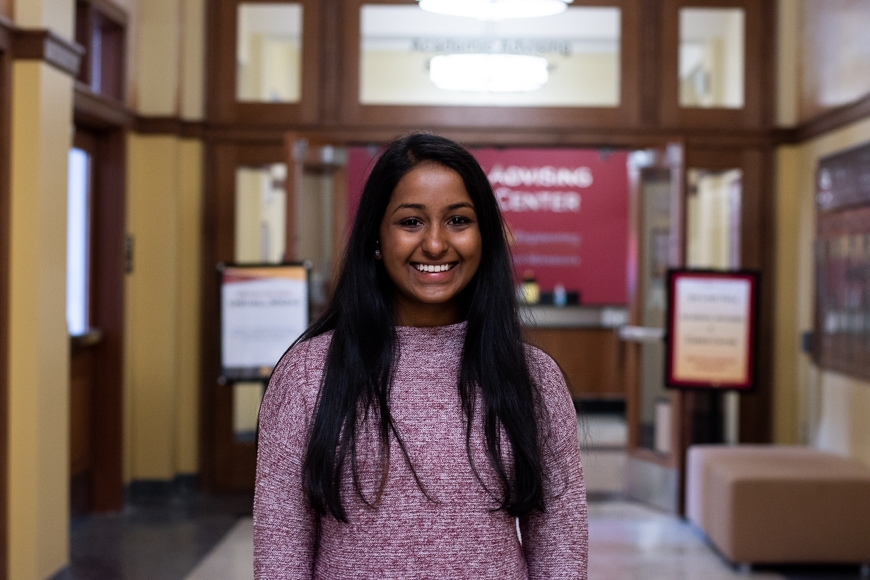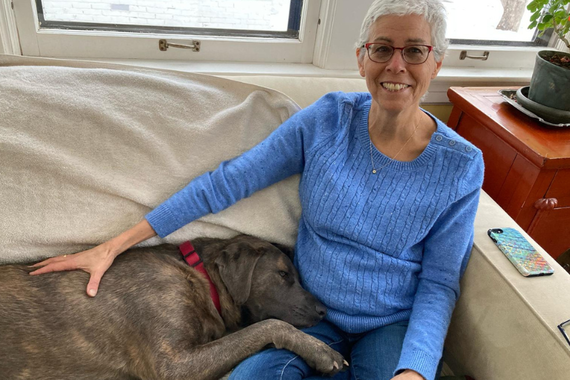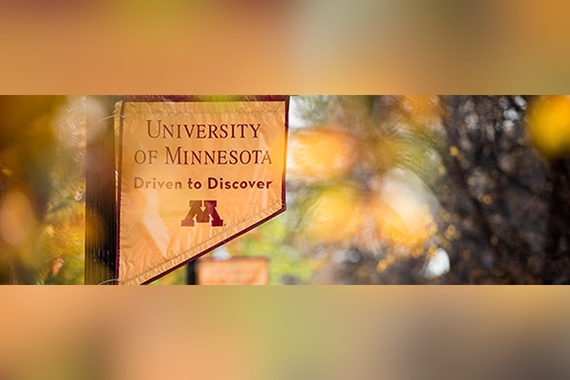The Fraser Legacy: Fighting for Human Rights
Minnesotans are known for being hard workers, and Don and Arvonne Fraser are perfect examples. Don was a founder and board member of Advocates for Human Rights, a nonprofit program started in 1983, and as a US congressman from 1962 to 1978, he authored several laws requiring the US government to give greater attention to human-rights-related issues. Arvonne was a founder of the Humphrey School of Public Affairs’ Center on Women and Public Policy as well as organizer and co-director of the International Women’s Rights Action Watch. Director of the Human Rights Program and Global Studies lecturer Barbara Frey explains that she wants “students to understand [the Frasers’] legacy to Minnesota.”
In 2018, the Fraser Human Rights Undergraduate Fellowships were born, consisting of the Don Fraser internship placement with the Advocates and the Arvonne Fraser internship placement with Every Child Protected Against Trafficking (ECPAT-USA), the US component of an international mission to eliminate the trafficking and sexual exploitation of children.
Anishaa Kamesh is the first recipient of the Arvonne Fraser Fellowship.
BIS Advantage
Kamesh began college as a genetics major, but through her liberal education requirements, she found that her interests spanned across several disciplines. After her first day in Frey’s class, International Human Rights Law, she says “I knew that was what I wanted to do.” Now Kamesh is pursuing a bachelor of science in public health, life sciences, and global studies—she has a full toolbox at her disposal.
Kamesh moved to New York City as part of her 2018 summer internship with ECPAT-USA, where she worked on programs for child trafficking prevention and education. “All over the country,” she explains, “there are these little programs that do prevention education for child trafficking. We were trying to get a more comprehensive list of all the programs.” Her main job was to contact the organizations to learn how they started, what their focus and curriculum are, their target audience, what their best practices and challenges are, and most of all, how they are overcoming these challenges.
ECPAT-USA partnered with the McCain Institute to host a November conference with prevention education experts from key organizations, such as the Department of Health and Human Services, the Office on Trafficking in Persons (OTIP), the Department of Education, and the Parent Teacher Association.
The conference involved discussions on ways to implement effective prevention measures. According to Kamesh, “there are so many barriers that you face. Even just getting it implemented at a community level is hard, trying to do it at a policy level is even harder. Going into a lot of the conversations, people have this big misconception about what trafficking is, and what child trafficking is… It’s not what you see in Taken, or what you see on Law and Order.”
Child trafficking is often far less obvious than what we see in Hollywood productions. A few signs include a lack of travel documents, luggage, and money. The victim may also seem disoriented and lost, or the victim may seem to lack physical and verbal autonomy. Another misconception is that trafficking is a foreign problem, but in reality, it’s also a major issue here in the US. Kamesh explains “not only does it happen, but it happens in all neighborhoods, not just poor neighborhoods.”
One of ECPAT-USA’s methods of fighting trafficking is educating young people. Kamesh says, “When talking about sexual exploitation, people often think you’re just talking about sex, but really we’re talking to them about keeping themselves safe in unhealthy situations and what warning signs to look out for.” Internet safety and healthy relationships are a few topics they cover, giving children and young adults the tools they need to protect themselves.
On the Home Front
Since the end of her internship with ECPAT-USA, Kamesh has remained involved at home in Minnesota. She interned in the fall in the Research, Education, and Advocacy Program of Advocates for Human Rights, researching and building education materials for Safe Harbor, a legislative initiative to protect victims of trafficking instead of viewing them as criminals. She’s also a board member of Break the Silence, a local nonprofit organization that supports survivors of sexual violence and fosters discussion and social change around the issue.
On campus, Kamesh is involved in the UMN chapter of She’s the First, an international nonprofit organization that supports education for women; Helping Hands, a group that aims to increase access to resources for homeless women, such as feminine hygiene products; and the Minnesota Student Association’s sexual assault task force.
Kamesh states, “I definitely want to work in human rights, specifically in women and child rights. I learned a lot about it, especially the challenges that are being faced just for something as simple as getting some better education.” Minnesota is at the forefront of anti-trafficking legislation, and with students like Kamesh, the future is looking even brighter.
This story was written by an undergraduate student in CLAgency. Meet the team.



